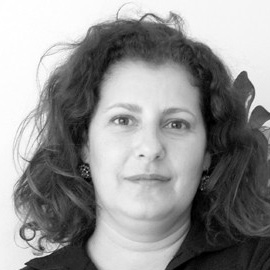
Rosa

Ana Hatherly’s vast and diverse body of work runs the gamut from visual art to poetry, television to editing, teaching to research, and performance to translation. She says, however, that her work always starts with writing. Indeed, she sees herself as “a writer who drifts into visual art by experimenting with words”. Paradoxically, painting forms a starting point of its own: she considers herself to be “a painter who drifts towards literature simply through an awareness of the ties that bind all of the arts”.
This fluid approach to disciplines characterises Hatherly’s ongoing and interfused examination and experience of writing, be it “spoken, printed or handwritten”, whether archaic, baroque or eastern, and whether as an essay, poem or drawing. Visual writing, written drawings, image texts, significant stains: her works stem from an endless play in which she manipulates language and its form.
Puns, repetition, codes, mazes and copy: these are just some of the resources that the artist taps into, her discerning, “intelligent hand” creating ambiguity, conflicts of interpretation, divergent references and shifts in meaning. Another example is the political posters ripped from walls following the Carnation Revolution. Variously torn down, stuck up and superimposed, their layers confuse, alter and liberate the revolutionary message itself.